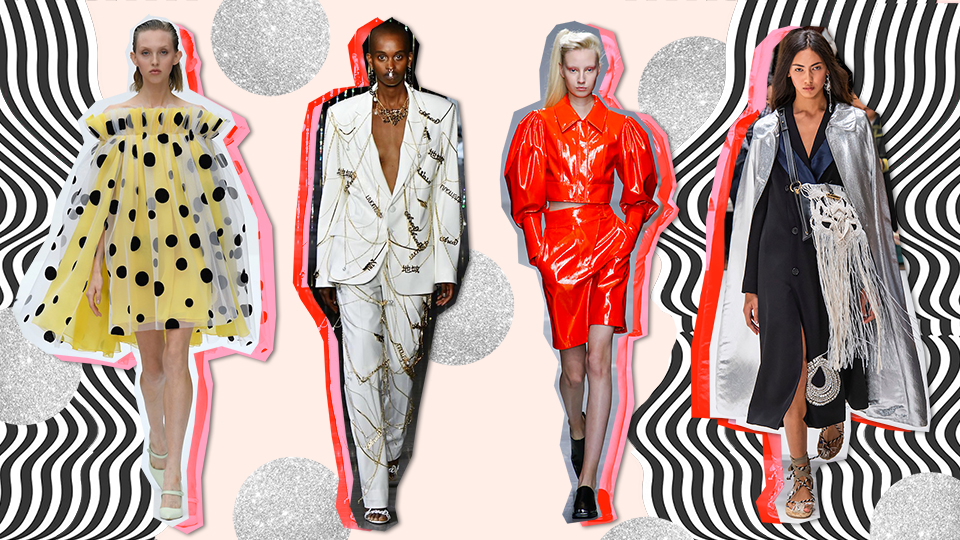Editor’s Note: This month, that is December 2019, FII’s #MoodOfTheMonth is Fashion, where we invite various articles on Feminism And Fashion (the fashion industry, fashion for Trans people, fashion for people with disabilities, fashion icons), that shape your life and your identities, either positively, or negatively or both. If you’d like to share your story, email us at pragya@feminisminindia.com.
In more recent times, fashion has evolved in the most rapidity. In the fashion industry, trends emerge every other day and change overnight. Fast fashion has revolutionised the fashion industry with not just emerging and evolving trends but a rampant replacement in stock and inventory.
While some may categorise fashion as only a basic need, for the others it serves the purpose of defining their personalities. With the former excluded, the fashion market still has a huge pool to cater to.
While some may categorise fashion as only a basic need, for the others it serves the purpose of defining their personalities. With the former excluded, the fashion market still has a huge pool to cater to. In the given paradigm the industry must serve the needs of everyone. However, a very contrasting trend has been noted.

The fashion industry has become a toxic space of unrealistic body image and inappropriate marketing methods, nevertheless, with booming demand every other day. The fashion industry has especially aimed to glamorise women’s clothing so much so that they have dropped the practicality and comfort off their list. It has given us a certain body image to live up to- a sleek, bony body with fair skin and intact measurements. And those who do not fall into the category, suffer the pangs of the fashion market’s capitalist nature- pay more.
The fashion industry has especially aimed to glamorise women’s clothing so much so that they have dropped the practicality and comfort off their list.
Besides, women’s clothing suffers the most under the capitalistic nature of the industry where their clothes are set at sky-high prices when compared to that of men. One can argue along the common sentiment suggesting to refrain from buying clothes from such brands but when basic needs like undergarments and lingerie are uncannily priced the argument is nullified.
Also read: Can Fashion And Feminism Go Hand In Hand?
Last year Burberry was called out for their deplorable practice of burning off their unsold products because they did not want to compromise their brand value by pricing them low. Brands like H&M and Zara have also been called out for their pseudo-sustainable approaches that are helpful for none.
The fashion market has been highly discriminatory not just in terms of prices but also in their produce. There is no open market space for non-binary and Transgender people, only a niche cater to their needs. With such discriminatory procedures still intact, it is high time the fashion market should rethink their policies.
Also read: Could Androgyny In Fashion Help Build A Genderfluid Society?
Featured Image Credits: stylecaster.com
About the author(s)
Nivedita is a graduate in English Literature and Economics from Delhi University. She is a reader beyond genres and finds solace in the works of Virginia Woolf and Sylvia Plath. She’s usually up to finding conspiracies in stories and sees her future as a journalist.




